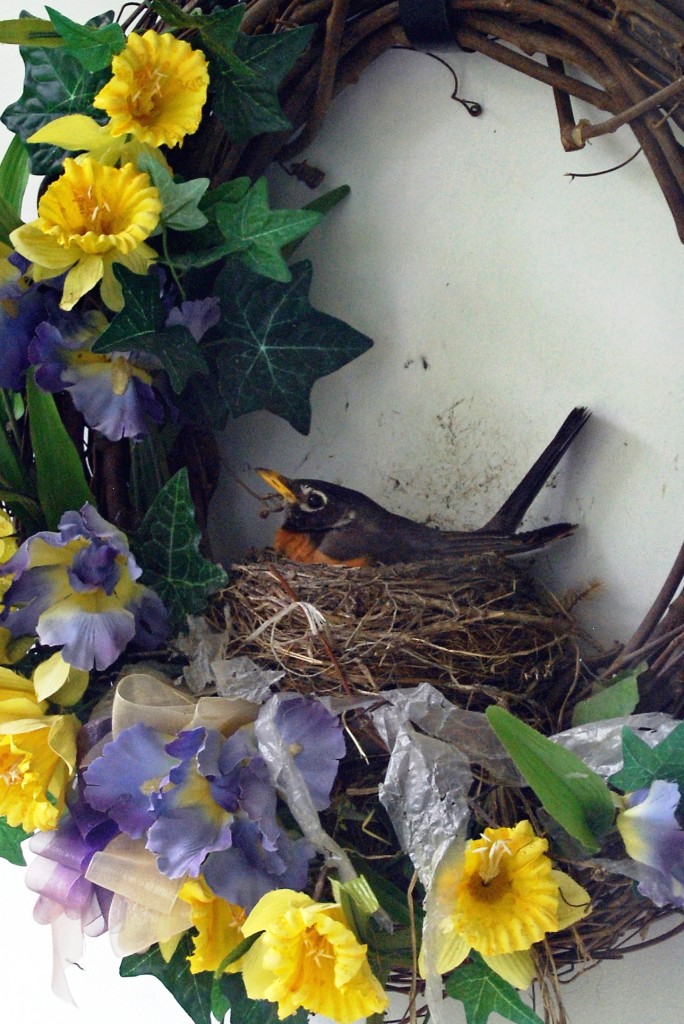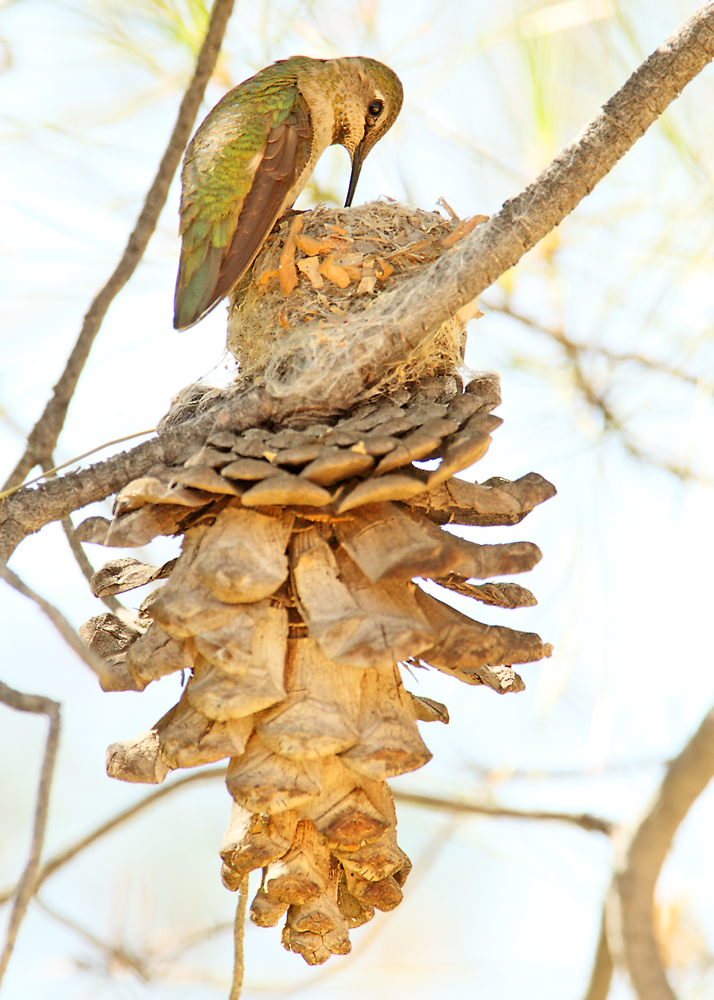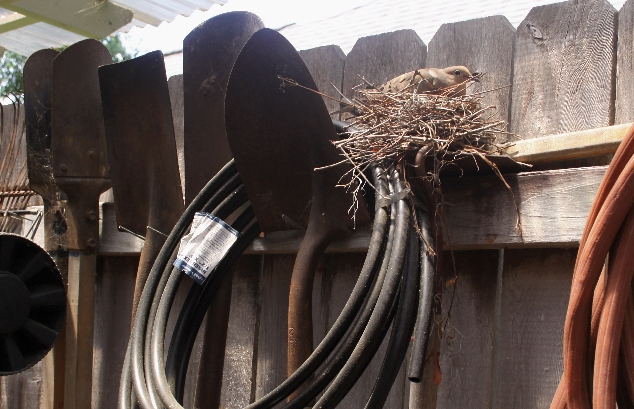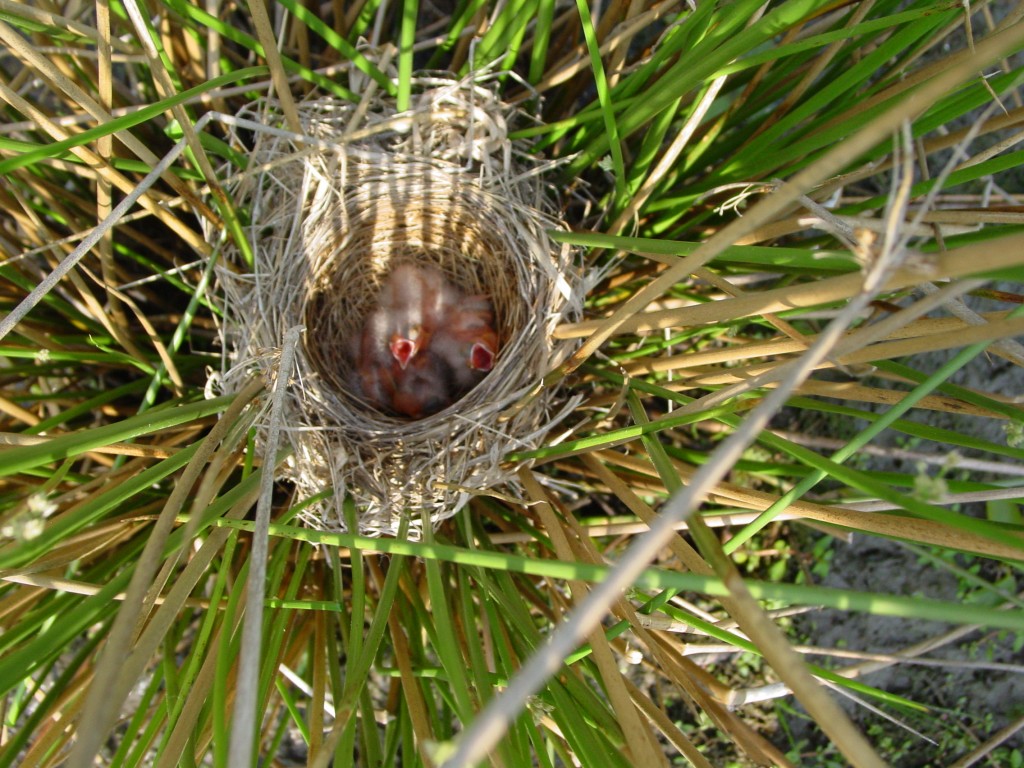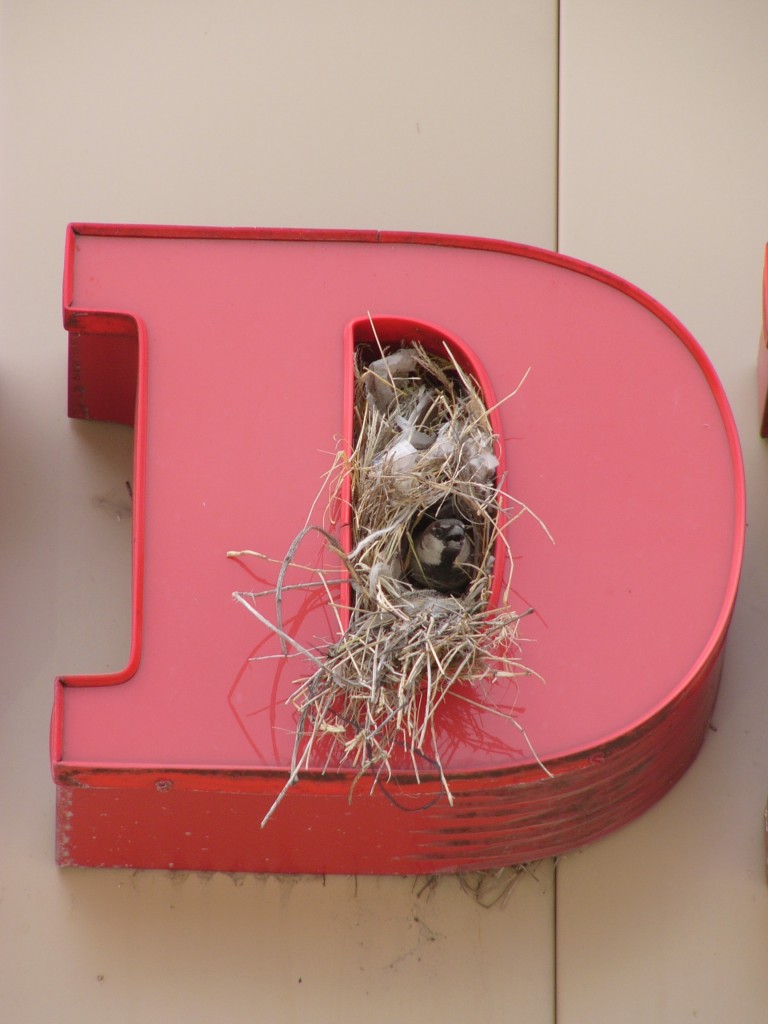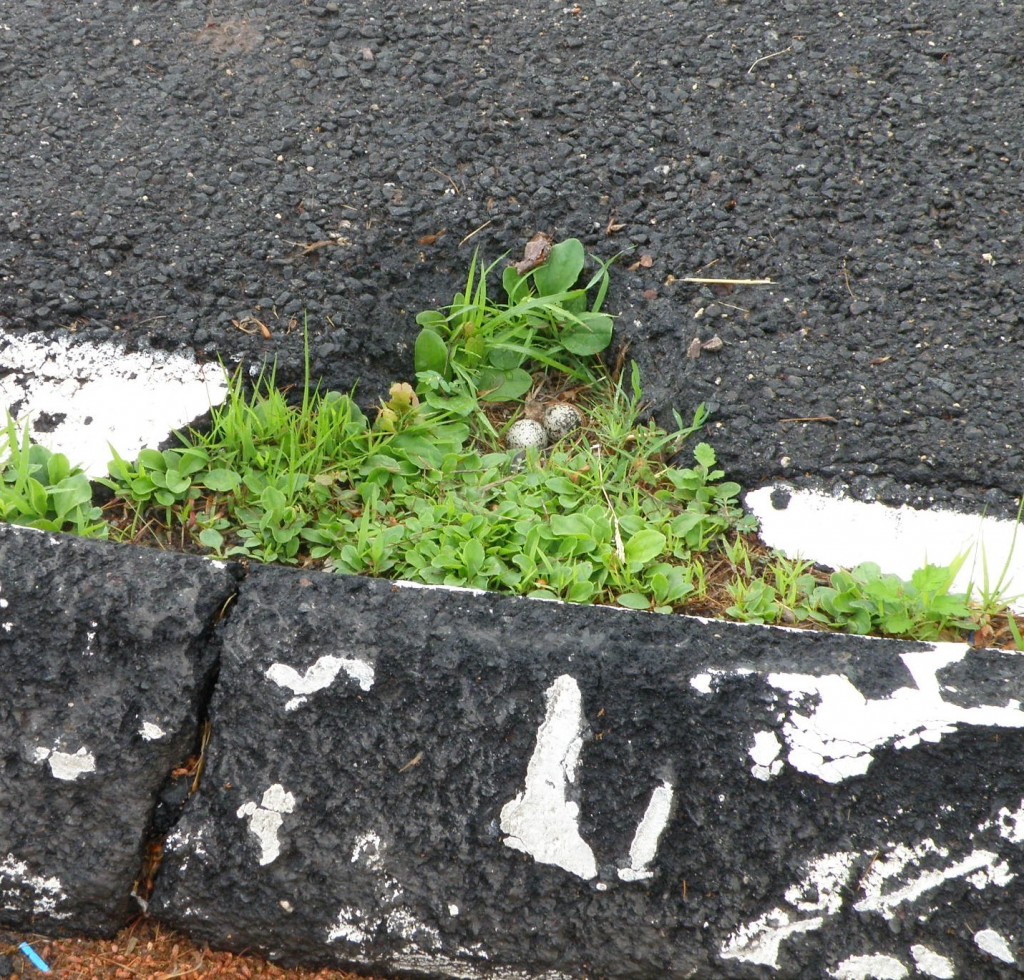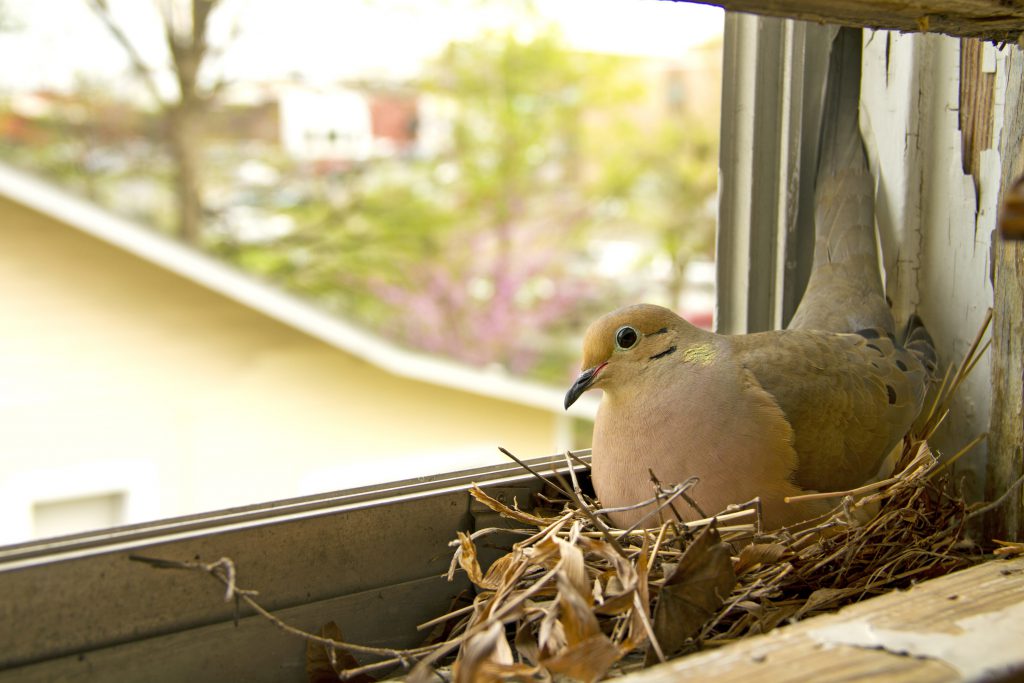 Photo ©
Coy St. Clair
Photo ©
Coy St. Clair
The Basics on Finding Nests
Have you looked for nests in your neighborhood? Late winter is a good time to find them, because the leaves are off the bushes and trees and the snow might catch in the nest and reveal its presence, which is well-hidden in summer foliage.
The more time you spend watching and observing birds, the more nests you will find. In the spring, when the birds are courting, defining territories, building nests, and feeding babies, they will fly near their nests, so if you see them coming and going, or often on a particular branch or tree, you may be able to trace their movement patterns back to their nesting site. Just be sure to never get too close to the nest and disturb the parents or their young, and follow these guidelines. Remember that these are the birds’ carefully crafted homes that you’re observing, and those eggs and hatchlings are the parents’ biggest goal in life!
“But what if I don’t have any leafy trees or bushes in my area?” you might ask. As you’ll see in the photos below, birds can be incredibly creative in their nesting sites! And not all birds prefer to nest in trees anyway. Cliff Swallows, for example, nest in cavities under bridges, under the eaves of high windowsills or roofs of buildings, and, of course, on cliff faces. Even much larger birds like Peregrine Falcons will nest on ledges of skyscrapers or churches, whereas a more ground-bound species like the House Finch might find hanging planters or streetlamps more adequate for their needs. If you think about all the safe hiding spaces in the concrete jungle, you’ll realize that even the most urbanized areas have plenty of perfect nesting spaces despite any lack of tall branching trees.
Introduction to Nest Types
There so many different kinds and shapes of nests, made from different materials and built in different locations:
